When your doctor or pharmacist gives you advice about your medications, it’s easy to think you’ll remember it. But between stress, side effects, and the sheer volume of information, most people forget key details within hours. That’s why writing down provider advice about medications isn’t just a good habit-it’s a safety must. Proper documentation protects you, your care team, and your health over time.
Why Documentation Matters More Than You Think
Medication errors cause about 7,000 deaths in the U.S. every year, according to the Institute of Medicine. A large portion of those happen because information gets lost between appointments, pharmacies, or care settings. If your doctor tells you to take a pill with food but you don’t write it down, you might forget-and end up with stomach pain or reduced effectiveness. If your pharmacist warns you about a dangerous interaction with another drug, and no one records it, your next provider might accidentally prescribe it anyway. Documentation turns verbal advice into a permanent safety net. It’s not just about keeping notes for yourself. It’s about making sure every healthcare provider who touches your care-from your primary doctor to the ER nurse-has the same accurate picture of your meds.What Exactly to Write Down
Don’t just jot down the drug name. You need specifics. Here’s what every entry should include:- Medication name: Both brand and generic if applicable (e.g., “Lisinopril (Zestril)”)
- Dose: “10 mg” not “a pill”
- Frequency: “Once daily at bedtime” or “Every 6 hours as needed for pain”
- Route: “Oral,” “topical,” “inhaler,” “injection”
- Duration: “Take for 14 days” or “Refills: 3”
- Special instructions: “Take with food,” “Avoid alcohol,” “Do not crush,” “Shake well before use”
- Reason for use: “For high blood pressure,” “For sinus infection”
- Side effects to watch for: “Dizziness, swelling in ankles, rash”
- Allergies or reactions: “Rash after penicillin in 2020,” “Anaphylaxis to sulfa drugs”
- Provider’s name and date: “Dr. Chen, 11/10/2025”
Even small details matter. If your pharmacist says, “This pill might make you sleepy-don’t drive for the first 3 days,” write it. If your doctor says, “If your pain doesn’t improve in 48 hours, call back,” document that too. These aren’t extras-they’re critical safety cues.
How to Record It Right
There are three reliable ways to document provider advice, and you should use them together:- Use a dedicated notebook or app: Keep a small notebook in your wallet or use a free app like Medisafe or MyTherapy. Don’t rely on phone notes-those get buried. Write each medication entry with a clear heading and date.
- Ask for written materials: Most providers can give you printed instructions or a prescription sheet. If they don’t, ask. Many pharmacies now include patient medication information (PMI) sheets with prescriptions, and by 2025, FDA standards will require these to be standardized and easy to read.
- Use your patient portal: Nearly 90% of doctors now use electronic health records (EHRs) with patient portals. After each visit, log in and check your medication list. If something’s missing or wrong, message your provider directly through the portal. This creates a digital paper trail.
Don’t wait until you forget. Document right after the appointment-while the details are still fresh. Even a 5-minute note saves hours of confusion later.
What to Do When You’re Given a New Prescription
New meds are high-risk moments. Always do this:- Ask: “What is this for?”
- Ask: “What happens if I miss a dose?”
- Ask: “What should I avoid while taking this?”
- Ask: “Are there cheaper or generic alternatives?”
- Write down the pharmacist’s verbal advice too-they often catch things your doctor didn’t mention.
For example, if you’re prescribed a new blood pressure med, your doctor might say, “Take it in the morning.” But your pharmacist might add, “Don’t take it with grapefruit juice-it can raise your risk of kidney damage.” That’s not in the printed leaflet. Only your note will keep you safe.
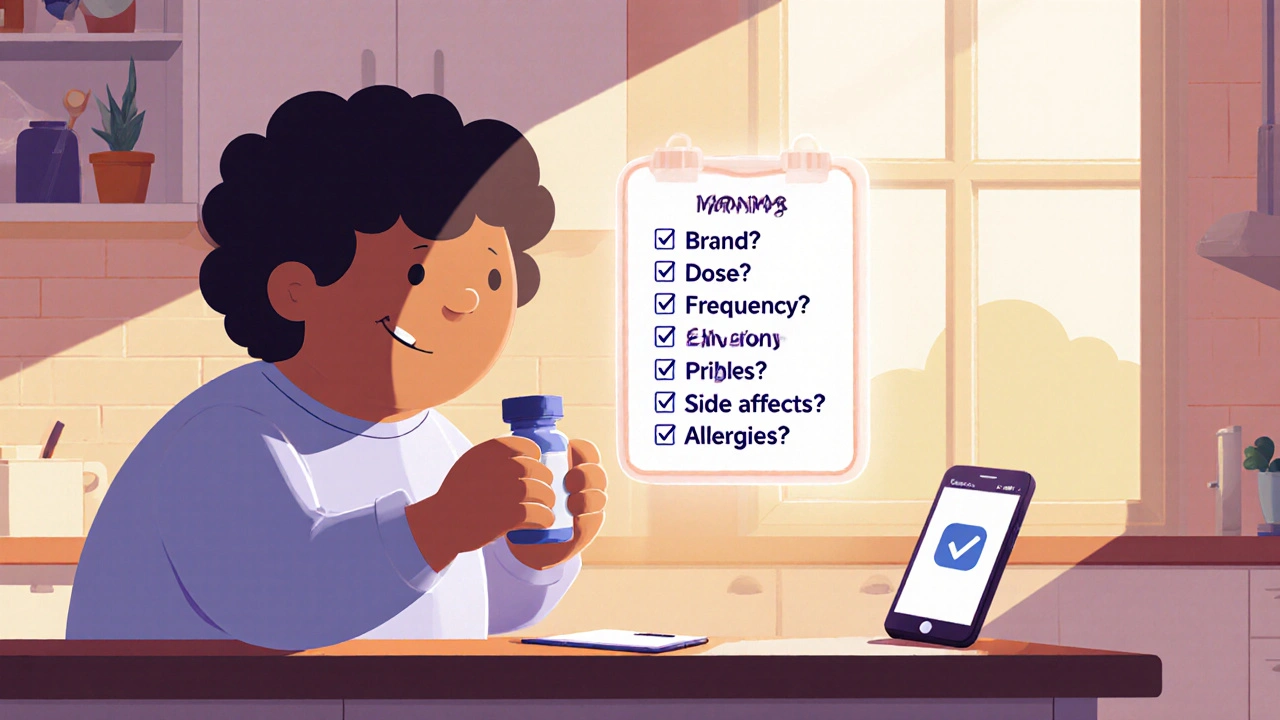
Documenting Refusals and Noncompliance
Sometimes, patients don’t take meds as directed. Maybe they can’t afford them. Maybe they’re scared of side effects. Maybe they just forget.That’s okay-but you still need to document it. If you tell your provider, “I skipped the pills because they made me dizzy,” write that down. If you refuse a test or delay filling a prescription, note it. This isn’t about guilt-it’s about context.
When your next provider sees you’ve missed doses, they’ll know it’s not negligence. They’ll know you had a reaction, couldn’t afford it, or were confused. That changes how they treat you. Without that note, they might assume you’re noncompliant and increase your dose, worsening the problem.
How to Share Your Notes with Other Providers
You’re not the only one who needs this info. When you see a specialist, go to the ER, or switch doctors, bring your medication log.Here’s how to make it easy:
- Keep a printed copy in your wallet or purse.
- Take a photo of your log and save it in your phone’s gallery with a clear label like “Medications - Nov 2025.”
- Use your portal to send your list to your provider before your appointment.
- At the ER, hand your list to the triage nurse before they start asking questions.
Studies show that patients who bring a current medication list to the ER reduce their risk of dangerous drug interactions by 30%. That’s not a small number-it’s life-saving.
Legal and Insurance Implications
Your documentation isn’t just for safety-it’s legal protection. If something goes wrong, your notes can prove you followed advice. If you’re denied coverage because a medication wasn’t documented as medically necessary, your written record can help appeal the decision.The American Medical Association and the Joint Commission require providers to document all medication advice. But they also expect patients to be active participants. If your provider didn’t document something you asked about, and you didn’t write it down, you both lose.
By law, medical records must be kept for at least 7 to 10 years. Your personal log should match that. Keep your notes as long as you’re on the medication-or longer.
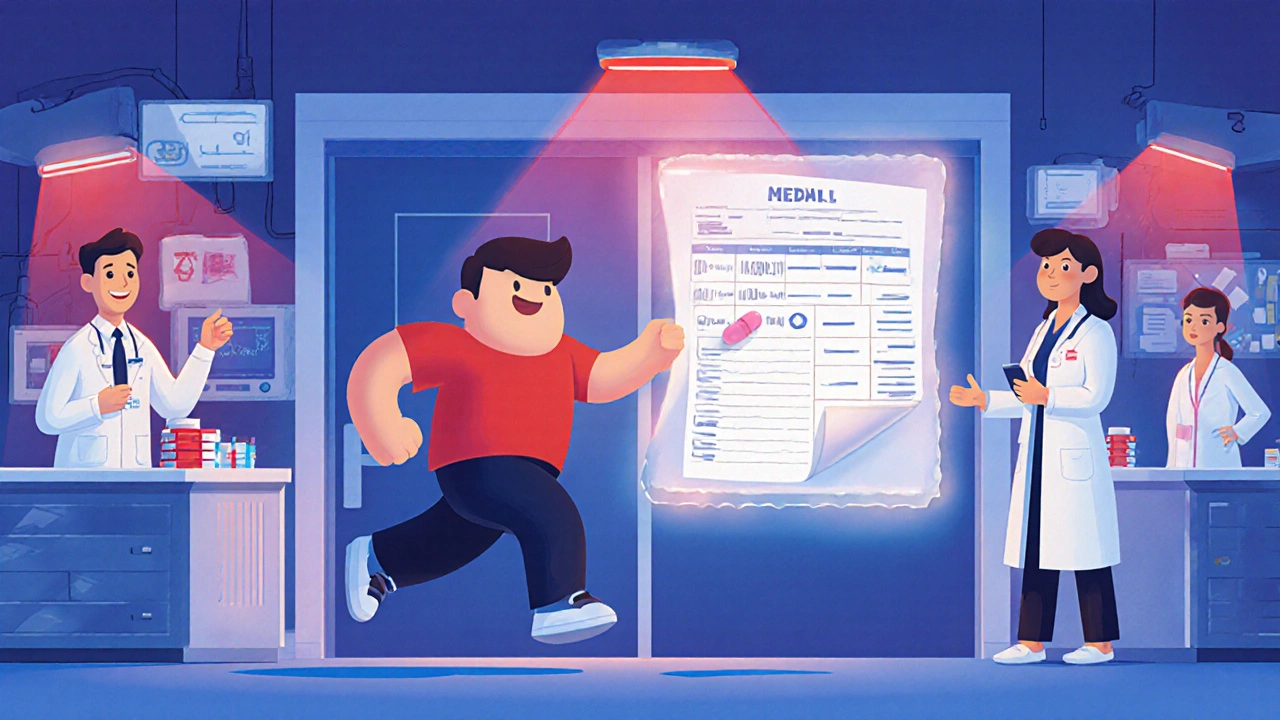
Common Mistakes to Avoid
Even well-intentioned people mess this up. Here are the top errors:- Writing “take as needed” without defining what “needed” means. “As needed for pain” isn’t enough. Write: “Take 1 tablet if pain is 6/10 or higher, max 2 per day.”
- Using abbreviations. “QD” for daily? “BID” for twice a day? Don’t. Write out “once daily,” “twice daily.”
- Waiting until later to write it down. Memory fades fast. Write it in the car after your appointment.
- Assuming your doctor knows what you’re already taking. Always update your list. Even over-the-counter pills and supplements count.
- Not updating when things change. If a refill runs out and you get a new one, update the date and dose.
What’s Changing in 2025
By this year, nearly all providers will use EHRs that auto-sync with patient portals. The FDA’s new Patient Medication Information (PMI) rule will require all new prescriptions to come with a one-page, standardized handout-no jargon, just clear instructions. Insurance companies are now tracking documentation quality through CMS measures, meaning providers who don’t document well may lose pay.For you, that means more support. But it also means more responsibility. Don’t wait for the system to fix itself. Start documenting now. Your future self-and your care team-will thank you.
Quick Checklist: Your Medication Documentation Starter Kit
- ✅ Get a notebook or app dedicated to meds
- ✅ After every visit, write down: name, dose, frequency, reason, special instructions
- ✅ Always include side effects and allergies
- ✅ Note refusals or missed doses
- ✅ Keep a printed copy in your wallet
- ✅ Update your list every time something changes
- ✅ Bring it to every appointment and ER visit
Documentation isn’t paperwork. It’s your shield against preventable harm. Do it right, and you take control of your health-not just today, but for years to come.
What if my provider doesn’t give me written instructions?
Ask for them. If they say no, say, “I’d like to make sure I get this right-can you email me a summary or print a sheet?” Most providers will accommodate you. If they refuse, write down everything you remember immediately after the visit and date it. Your notes are just as valid.
Do I need to document over-the-counter meds and supplements?
Yes. Many serious drug interactions happen with things like ibuprofen, fish oil, vitamin K, or St. John’s wort. A blood thinner like warfarin can become dangerous if you start taking garlic supplements without telling your doctor. Write down every pill, powder, or drop you take-even if you think it’s harmless.
Can I use voice memos instead of writing?
Voice memos are better than nothing, but they’re not reliable. You might forget to listen to them, or the recording might get lost. Written notes are searchable, shareable, and easier to review quickly. Use voice memos as a backup, not your main system.
How often should I update my medication log?
Update it every time you get a new prescription, stop a medication, change the dose, or have a new side effect. Even if nothing changes, review your log every 3 months and confirm it’s still accurate. Your body and needs change over time.
What if I lose my medication log?
Call your pharmacy-they have your fill history. Log into your patient portal to see what your providers have on file. Then, rebuild your list from memory and mark it as “reconstructed.” When you see your provider, ask them to confirm it’s accurate. Don’t wait until you’re in crisis to fix it.

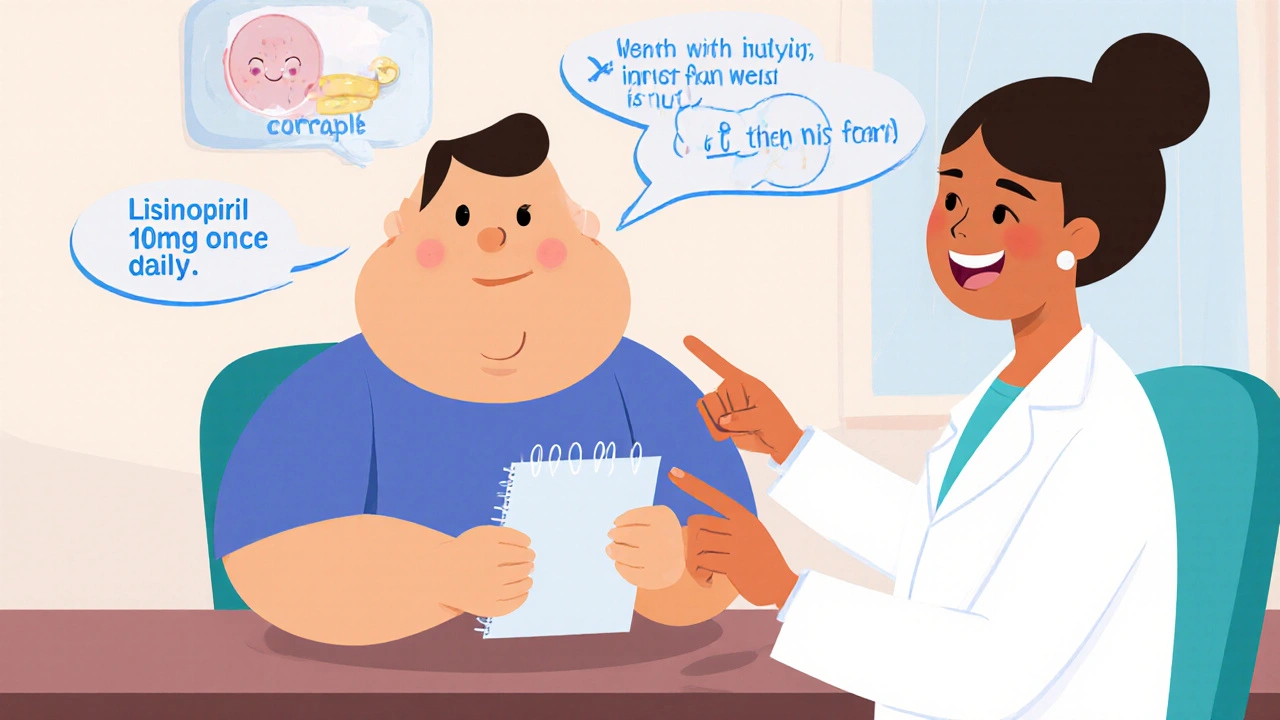

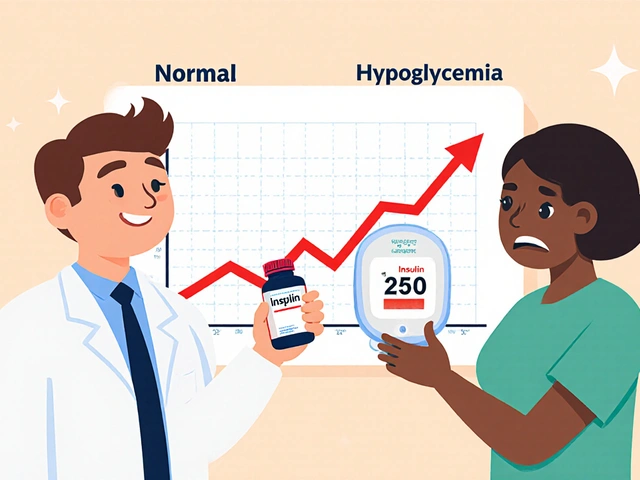
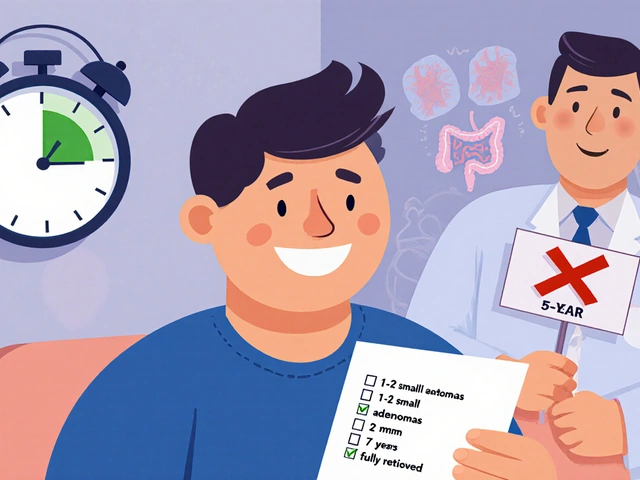

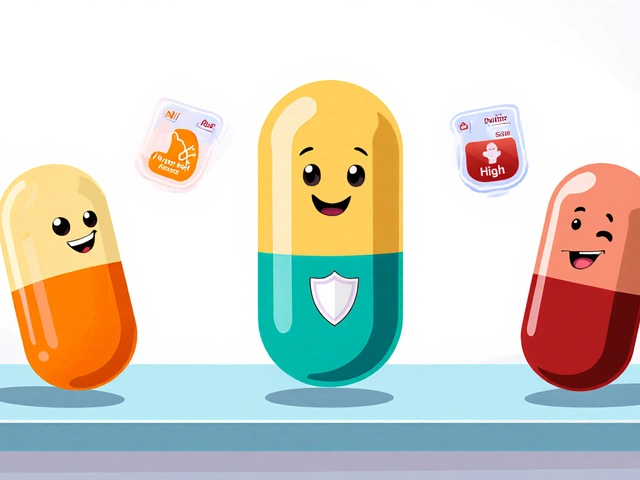
Comments(11)